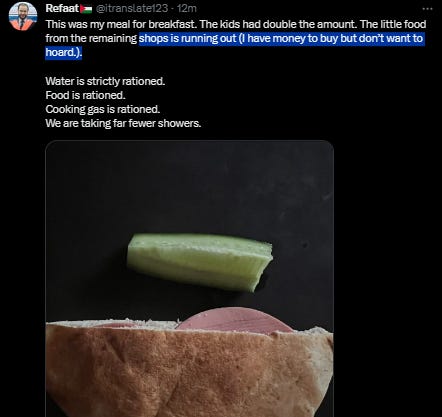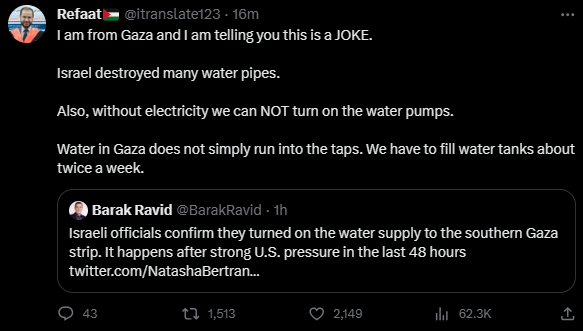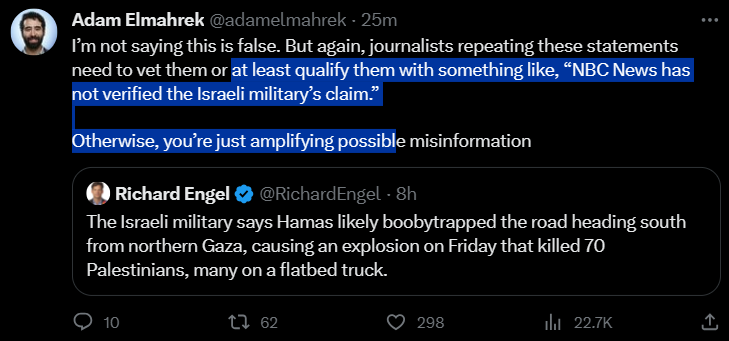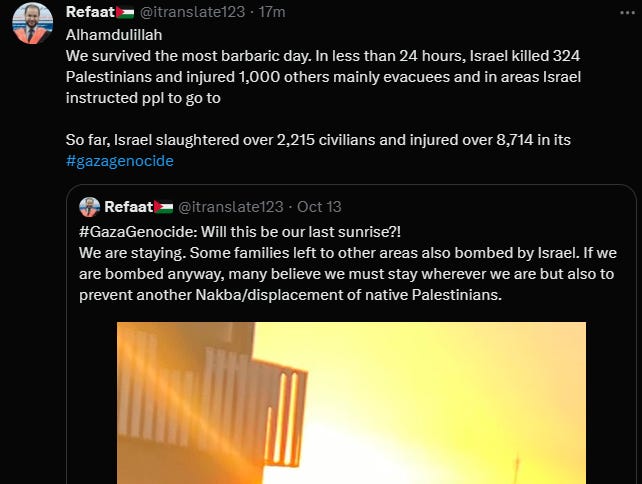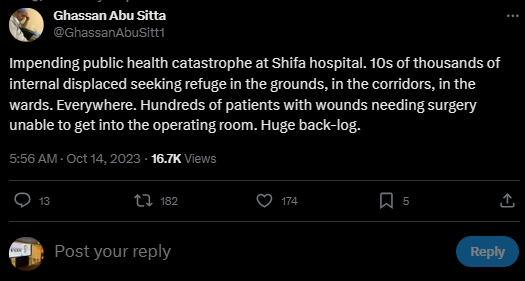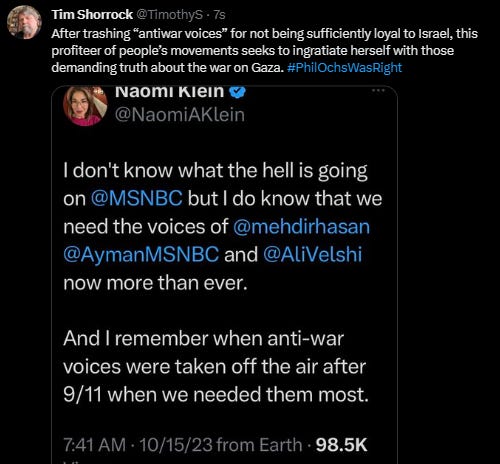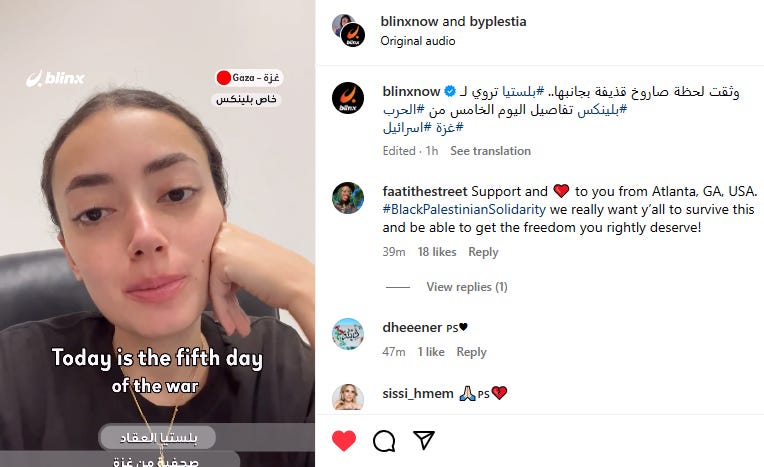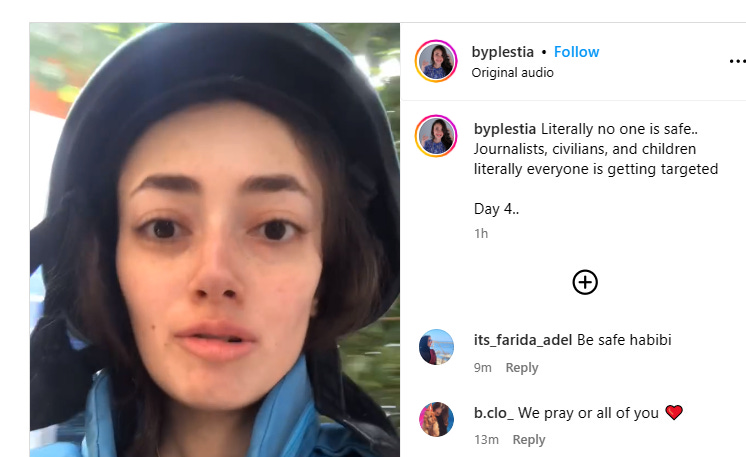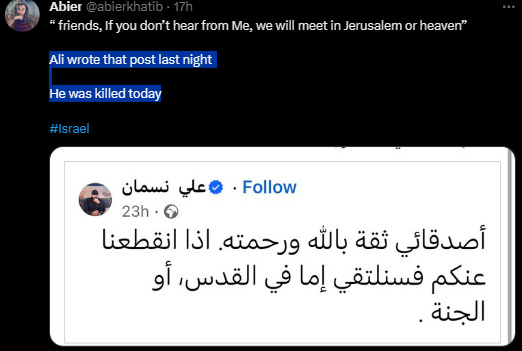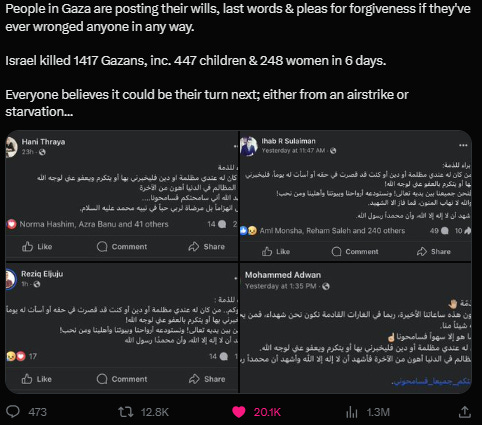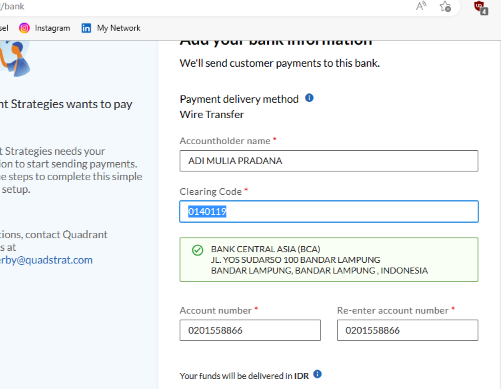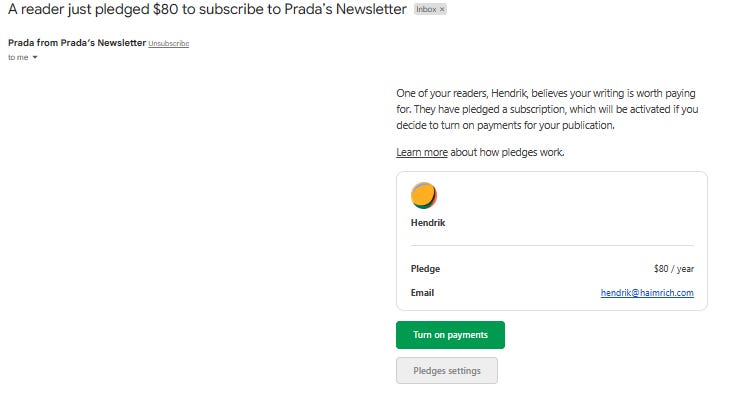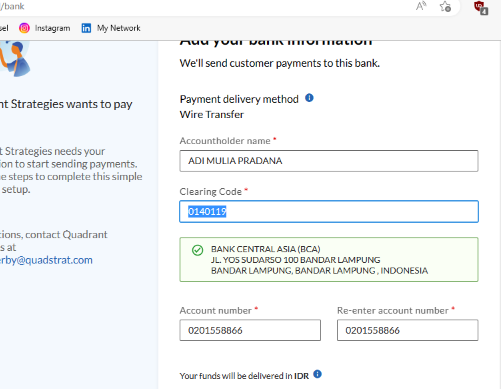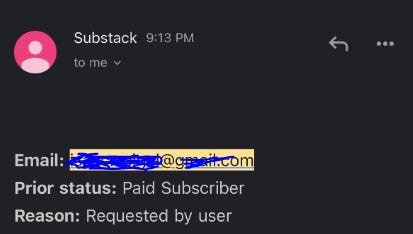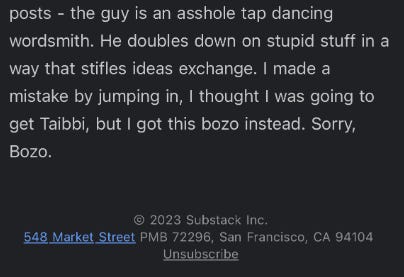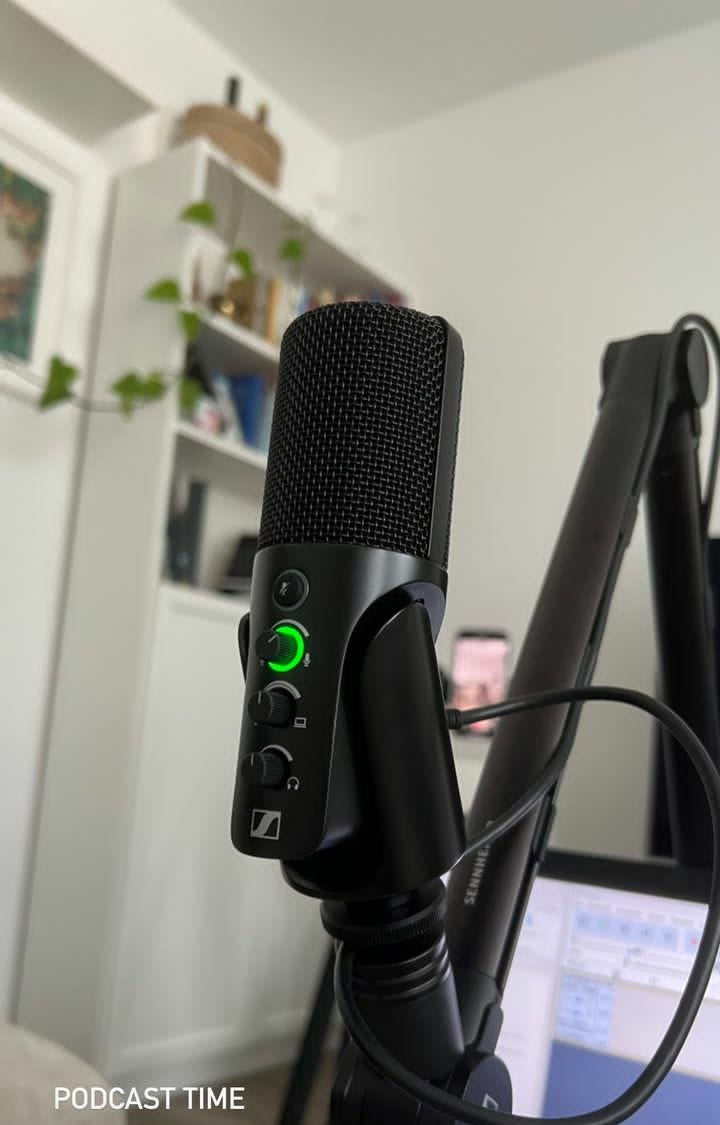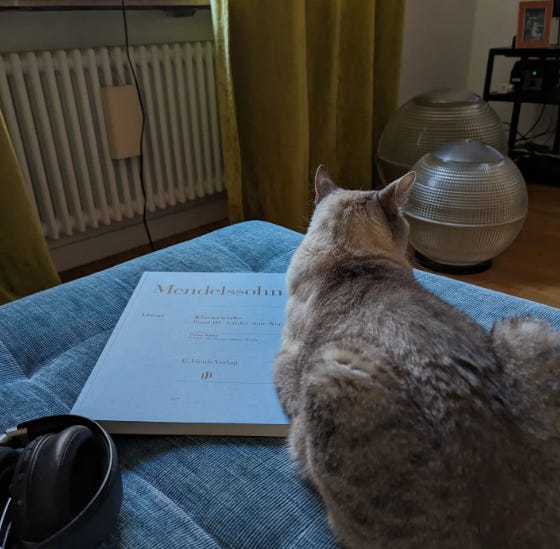De-American-ization Middle East
USAF commander, he asked, out of the blue: "Was dropping the atomic bombs on Hiroshima and Nagasaki a war crime"? How Israel attempt to 'neutralize' HAMAS or Islam Jihad in near hospital is backfired
DC and Detroit 3.41pm / Jerusalem - Gaza Strip - Tel Aviv 11.41pm / London 9.41pm Oct [276 hours of war, still continue] BREAKING NEWS live update trilingual [hebrew - arabic - english] click here
If 2 countries, with very sour relationship [long time ago] with Kingdom of Saudi, now very smooth and enjoy, and as high as Foreign Minister each other, meeting in Jeddah, this is more and more signal how ‘sunset’ America in the middle east, and how fatal the barbaric killing by Israel in Baptist Hospital Gaza. Don’t forget background. FM Fidan of Turkiye is former head intelligence, and FM Abdollahian of Iran is very close with Guard Revolutionary.
US Consulate in Istanbul and Adana Turkiye currently ‘more crisis, dangerous’ situation in outside compound, rather than 20 hours ago situation in US Embassy in Beirut Lebanon.
How impossible current situation talking about ‘normalization Saudi - Israel’, if even, Crown Prince Saudi MbS [Mohammed bin Salman] give a greenlight for 2 countries to meeting in Riyadh. Same sour relation between Riyadh and DC when MbS dunk Blinken, make Blinken waiting until next day to meet the Crown Prince. How barbaric Israel to ‘settle a score’ in Palestine, and then barbaric killing in Baptist Hospital, change very radical for the future of U.S. and Israel presence in the Middle East.
Even if Israel can destroy HAMAS, the wider war waiting Tel Aviv.
Let’s say Israel try to killing HAMAS or Islam Jihad member in near Baptist Hospital, but in gross killing 1,000 - 2,000 civilian, refugee and or still under treatment in the Baptist Hospital. Same as Israel repeatedly try to killing HAMAS in near UNRWA building, but the fact of result is 80 percent UNRWA school in Gaza has been destroyed and 15 UNRWA member including his or her entire families also killed, and no one HAMAS killed. Senior USAF commander, he asked, in anonymity, out of the blue: "Was dropping the atomic bombs on Hiroshima and Nagasaki a war crime"?
Given the very nature of Gaza, if Israel refrains from striking military targets because of the real fear of civilian casualties the operation will be inconsequential. Look, Palestine just living in around 8 percent of land before 1947, but has a total population nearly similar with Israel, and 80 percent total population of Palestine living on Gaza, which is very small area. It’s very clear the militant, whatever name, will living aside civilian in Gaza.
Hamas’ ruthless and audacious killing spree in southern Israel, which is provoking the Israeli wrath it sought, has frozen Washington’s efforts to craft a triangular deal with Saudi Arabia and Israel predicated on the two states normalizing diplomatic relations. From a Saudi perspective, negotiations cannot proceed because this upheaval involves too many open-ended questions. It is not surprising, therefore, that Saudi Arabia has publicly said that it has frozen negotiations over a potential triangular agreement with the United States and Israel. How long and deep that freeze will be depends entirely on events that will be played out in the coming days and weeks.
Strategic calculations will depend on an understanding of the regional diplomatic, strategic, and military equation and the impact of recent events on public opinion in Saudi Arabia and other Gulf Arab countries, the broader Arab world, and even Muslim-majority countries globally. So, likely nothing will be done until Riyadh has a sense of the fundamental contours of the conflict and its probable implications. Saudi, and even U.S., calculations and policy adjustments will be shaped by what happens next. There are three main potential scenarios that can be extrapolated now, although other developments may emerge over time.
By engaging in spectacular terrorist overreach, Hamas intended to outrage Israel and provoke it into an emotional overreaction. Historically, this is the strategic intention behind such spectacular overkill by guerrilla organizations that seek to unnerve and destabilize the dominant power and goad it into irrational acts that amount to far worse self-harm than the insurgency could possibly inflict. One example painfully familiar to Americans is the al-Qaeda attacks of September 11, 2001, which culminated in the colossal miscalculation of invading Iraq in 2003. Al-Qaeda could not be sure what the U.S. overreaction might be, but Osama bin Laden and his cohorts were confident that the United States would lash out in rage and severely damage its own interests.
There is no doubt that Hamas was seeking to lure Israel into a trap by compelling Prime Minister Benjamin Netanyahu and the Israel Defense Forces into a ground attack inside the city, towns, and refugee camps of Gaza. Hamas, with its foreign backers, would not have so meticulously planned the attack on southern Israel without also assiduously preparing to meet the Israeli counterattack on the ground in Gaza. Israeli forces are undoubtedly going to encounter stiff defenses, although how effective both sides will prove remains to be seen.
Hamas was also counting on Israel to act with disregard to civilian suffering and deaths. Israel has already obliged, attacking many civilian targets and killing more than 3,600 Palestinians, most of them civilians. Israel has also ordered over one million Palestinian civilians to evacuate northern Gaza, even though these masses of impoverished people have nowhere to go. The stage appears set for a massive Israeli retaliation involving incredible damage to the infrastructure that makes life possible in Gaza and could involve tens of thousands of civilian deaths.
If Israel is serious about preventing the return of Hamas rule in Gaza, then it also must be contemplating a prolonged occupation of the territory, because there is no obvious alternative. This will undoubtedly be met with an organized insurgency that will gain potency and steam over time. It is also not clear when Israel would allow these northern Gaza residents, ordered to evacuate to the south, to return to their homes.
This “limited” scenario, in which the fighting is contained to Gaza and possibly parts of southern Israel, still poses serious challenges to Saudi strategic planning. Saudi leaders will carefully consider domestic political and regional reputational questions, and decision making will therefore depend on Saudi and other Arab perceptions of Israel and Hamas as well as other Palestinians. If the fighting is contained, Israel acts with relative restraint and avoids a prolonged direct occupation of Gaza, and the evacuated Palestinians in Gaza are eventually allowed to return to their homes in the north, it’s possible that progress could resume on the triangular agreement Washington was seeking.
That depends on many factors, but the Palestinian Authority and Palestine Liberation Organization could play a significant role in facilitating a quiet resumption of that process, although it might have to be delayed into a second term of President Joseph R. Biden Jr.’s administration, assuming he is reelected. Contrary to much public opinion, Saudi Arabia is not negotiating with Israel about Palestine or the Palestinians, although Saudi support for Palestinian statehood and human rights persists.
Instead, Saudi Arabia is negotiating with Washington over bilateral issues, especially a new defense agreement. Washington is negotiating with Israel over what has been dubbed the “significant Palestinian component,” which will have to satisfy Saudi Arabia and should be minimally acceptable to the Palestinian Authority and Palestine Liberation Organization. But one of the domestic political aims of the Hamas attack on southern Israel was to prevent a political and financial windfall, no matter how insufficient from a national perspective, to Hamas’ arch rivals in the Fatah-dominated Palestinian Authority and Palestine Liberation Organization by making the triangular agreement impossible.
Israeli restraint and a relatively quick withdrawal from Gaza, even involving swallowing the bitter pill of Hamas emerging from the rubble to declare victory, is almost certainly in the interests of Saudi Arabia and the United States. It’s also in Israel’s interest, because the alternative is a prolonged and bloody direct occupation of the streets of Gaza, precisely what Hamas hopes to provoke. Ironically, Hamas’ killing spree in southern Israel may raise the price of the Palestinian component for Israel, since strengthening Fatah would be an obvious response by Saudi Arabia, the United States, and even Israel to the attack.
Moreover, Saudi policymakers may feel that Hamas and its Iranian backers were attempting to assert a kind of veto over their own decision making and national security policy, in particular the possible three-way deal being pursued by the Biden administration. There may be a real desire in Riyadh, especially if the conflict can be limited, to decline to accept such a veto and instead to act independent of these pressures. That could limit Palestinian gains through any significant Palestinian component to a deal, although both Riyadh and Washington would still have incentives to push for significant gains for Hamas’ Palestinian rivals in the West Bank. Saudi analyst Mohammed Alyahya noted in a conversation that the significant Palestinian component “is part and parcel of the Saudi national security component of any agreement with Israel and the United States.”
One of the primary immediate goals of the Hamas attack is for the violence to spread into the West Bank and occupied East Jerusalem and the holy places there. Instead to cooling down, Israel chooses fueling of fire in Jerusalem.
The Jerusalem District Planning has approved for public review the Kidmat Tzion settlement enclave in East Jerusalem. The settlement is located deep inside Palestinian East Jerusalem, between Ras al Amud & Abu Dis. The plan is initiated by extreme national religious settlers of East Jerusalem. Once completed, Kidmat Tziyon will be the largest settlement enclave ever in East Jerusalem - 384 units. The settlement is part of a government plan to encircle the Old City with biblically motivated settlers and settler-related projects.
The Al-Aqsa Mosque, in particular, is a religious icon that tugs at the heartstrings of Muslims worldwide in a way that nothing in Gaza can. From the outset, Hamas branded the attack “The Al-Aqsa Deluge,” marketing the violence against southern Israel as somehow connected to the protection of the mosque and Haram al-Sharif, or Temple Mount. Hamas called for a “day of rage” the Friday after the attack, urging Palestinians and other Muslims to express anger over Israeli provocations regarding Muslim holy places. In the event, the day passed relatively quietly, but Fridays to come are another matter.
Nothing discomfits and complicates matters for Gulf Arab countries seeking to deal with Israel more than emotive and religiously resonant violence in and around the Al-Aqsa Mosque or anywhere in Jerusalem. Saudi concern over these highly emotive issues is demonstrated by the most recent Friday sermon, on the “day of rage,” at the Grand Mosque in Mecca, where the preacher emotionally begged God to “liberate the Al-Aqsa mosque” and “support our brothers in Palestine.”
None of that means that what has already occurred or is yet to come in Gaza has precluded Saudi Arabia’s ability to make a triangular deal with the United States and Israel. But if there is significant fighting in and around Jerusalem’s holy places, especially the Al-Aqsa Mosque, that is likely to constrict Saudi wiggle room and throw negotiations into a deep freeze that will be difficult to thaw.
The most dangerous scenario involves the potential entry of Hezbollah into the conflict. At the moment, this does not seem imminent or likely. Given the parlous socioeconomic and political circumstances in Lebanon, Hezbollah presently has much more to lose than to gain from a war with Israel. And Iran probably wishes to retain Hezbollah as a potent deterrent against Israeli strikes aimed at its nuclear facilities or other targets inside Iran. It appears to make little sense for Tehran to risk wasting such a powerful deterrent force on an ultimately marginal theater and strategic consideration such as Gaza.
Yet there are numerous scenarios in which Hezbollah may feel compelled to act or Iran may pressure its dependent client in Lebanon to bring its potent military and missile arsenal into play. If unrest spreads into occupied East Jerusalem and involves the Al-Aqsa Mosque, for example, Hezbollah may feel that acting in the name of “Al-Quds al-Sharif” (Holy Jerusalem) suddenly offers more benefits than costs. Iran may reach the same conclusion and may well have the leverage over Hezbollah to compel it into action despite its own potential doubts. Alternatively, smaller groups in Lebanon may act against Israel, prompting Israeli retaliation inside Lebanon, which could then force Hezbollah’s hand. There are a number of other scenarios, none of them particularly far-fetched, that could bring Hezbollah into the current conflict.
This is potentially explosive. Hezbollah has developed into a far more potent nonstate fighting force than Hamas. Hezbollah has been battle hardened by decades of insurgency against Israeli occupation and, more recently, deep engagement in the brutal war in Syria in which the group was one of the main forces that came to the rescue of the regime of Syrian President Bashar al-Assad. It has a vast missile and rocket arsenal capable of striking anywhere inside Israel with potentially devastating effects. Israeli military and intelligence leaders do not underestimate the potency of Hezbollah as they did that of Hamas. Hezbollah, Iran, and Israel all have ample reasons to wish to avoid adding the Lebanese militant group to the fray. Yet it’s not hard to see how those calculations could change, and Hezbollah could open a second front to Israel’s north.
Israel also potentially faces another front in Syria adjacent to the Golan Heights, which it annexed with apparent U.S. acquiescence during the administration of former President Donald J. Trump, and additional ones in the occupied West Bank and East Jerusalem, and even from pro-Iranian militia groups in Iraq. The Wall Street Journal, followed by The New York Times, reported that Iranian expeditionary commanders and Hezbollah officials met with Hamas leaders in Beirut several times over the past year to plan and approve the attack on southern Israel, echoing much earlier reports about such cooperation in the Arabic-language Lebanese media. U.S. and Israeli senior military commanders and civilian officials have stated they do not have intelligence demonstrating this link, although most believe years of Iranian support for Hamas make Tehran generally complicit.
Should Israel find itself in a protracted multifront war with nonstate pro-Iranian groups on all sides, or even simply to the north and south, Israel’s calculations may change dramatically. Israel might decide that it is foolish to combat Iranian client groups in the Arab world while the government it is convinced is the author of this predicament sits safely in Tehran. In short, if the cascading series of events Hamas was hoping to set in motion with its attack against Israel is taken to its logical conclusion, Israel might end up striking Iran, possibly at its nuclear facilities or other sensitive targets.
At that point, Iran can be expected to retaliate not merely through its already engaged proxies but directly itself, and it might not stop at Israeli targets but hit U.S. ones or even those of Gulf Arab countries. If the Gaza conflict cannot be contained and instead spirals out of the control of all parties, it has within it the seeds of unparalleled regional conflagration. It is a Saudi, and indeed U.S., imperative to prevent anything like this from taking place, but there may not be much that Riyadh and Washington can do if the combatants submit to a process of continuous escalation with little or no restraint.
This scenario is so dramatic that it would have highly unpredictable effects on Saudi calculations regarding ties with Israel. It may raise the stakes to the extent that the very idea of such open cooperation would become untenable. Or, conversely, it may render regional circumstances so dangerous that Saudi Arabia concludes that it needs closer ties not only to Washington but also even Israel. At that point, negotiations could proceed very quickly, albeit in a highly volatile and unpredictable regional landscape.
From the Saudi point of view, with the situation as it exists now, a triangular agreement with Washington and Israel is still possible. Predicated on the normalization of ties with Israel, a new defense agreement with Washington would be ratified by the Senate and therefore protected from foreign policy shifts created by electoral changes in the White House. On the other hand, volatile circumstances are in place for potential dramatic developments that could make progress on such an agreement politically untenable, diplomatically too costly, and strategically unwise.
Both Riyadh and Washington will be watching with bated breath to see what Israel chooses to do following Hamas’ extreme provocation in southern Israel and the responses of various neighboring powers, especially Iran’s network of potent substate actors. The fate of the potential triangular agreement hangs delicately in the balance, most profoundly threatened by a potential wider regional conflict.
Türkiye President Erdogan has initiated a negotiation process for the release of civilian prisoners held by Hamas. President Erdogan has instructed the related institutions to lead the negotiation process. The released an Israeli woman and 2 kids is 2nd batch. First ever hostage released is elderly [around 85 years old] women. Very healthy, get food and water during kidnapping time from Palestinian, and the footage, get again water from the IDF.
Plestia Alaqad | بلستيا العقاد is Journo in Gaza. Telco Ministry of Israel cut off internet to Gaza since 00.00 Saturday but at least 3 ‘popular Gazans’, literally in inside Gaza, Refaat [tweets 11am local time], Jason Shawa [tweets 7am local time], surgery doctor UK - Palestinian citizen Dr. Ghassan Abu Sitta to say hi ‘we still alive, but don’t know next day. Situation in Rafah border still chaos.
========END————
Thank you, as always, for reading. If you have anything like a spark file, or master thought list (spark file sounds so much cooler), let me know how you use it in the comments below. Thank you so much for letting me vent! If you enjoyed this article, you can give pledge to me (click PLEDGE button) or simply share this article with a friend. It helps me more than you realise.
If you enjoyed this post, please share it.
______________
Professor Hendrik, Professor Eric, and another person, Prof David A. Andelman, former Bureau Chief NYTimes recommended my substack, also some Chief Technology of Financial Times (FT) recommended my substack, not only subscribe. I'd be happy to get more & more PLEDGE and recommendations for better crafted writing (via Bank Central Asia (with my full-name ADI MULIA PRADANA, clearing code 0140119, account number 0201558866 or via STRIPE. For me, prefer Bank Central Asia).
If a friend sent this to you, you could subscribe here 👇. All content is free, and paid subscriptions are voluntary.
——————————————————————————————————
-prada- Adi Mulia Pradana is a Helper. Former adviser (President Indonesia) Jokowi for mapping 2-times election. I used to get paid to catch all these blunders—now I do it for free. Trying to work out what's going on, what happens next. Now figure out and or prevent catastrophic of everything.
(Very rare compliment and initiative pledge, and hopefully more readers more pledges to me. Thank you. My note-live blog about Russia - Ukraine already click-read 6 millions, not counting another note especially Live Update Substack (mostly Live Update Election or massive incident)
=======
Thanks for reading Prada’s Newsletter. I was lured, inspired by someone writer, his post in LinkedIn months ago, “Currently after a routine daily writing newsletter in the last 10 years, my subscriber reaches 100,000. Maybe one of my subscribers is your boss.” After I get followed / subscribed by (literally) prominent AI and prominent Chief Product and Technology of mammoth global media (both: Sir, thank you so much), I try crafting more / better writing.
To get the ones who really appreciate your writing, and now prominent people appreciate my writing, priceless feeling. Prada ungated/no paywall every notes-but thank you for anyone open initiative pledge to me.
(Promoting to more engage in Substack) Seamless to listen to your favorite podcasts on Substack. You can buy a better headset to listen to a podcast here (GST DE352306207).
Listeners on Apple Podcasts, Spotify, Overcast, or Pocket Casts simultaneously. podcasting can transform more of a conversation. Invite listeners to weigh in on episodes directly with you and with each other through discussion threads. At Substack, the process is to build with writers. Podcasts are an amazing feature of the Substack. I wish it had a feature to read the words we have written down without us having to do the speaking. Thanks for reading Prada’s Newsletter.
Wants comfy jogging pants / jogginghose amid scorching summer or (one day) harsh winter like black jogginghose or khaki/beige jogginghose like this? click
if you in Germany and using FRAENK provider, you can use code to get additional quota. THES3, DUSS17, JANZ43, MATC40, KIMR13
Headset and Mic can buy in here, but not including this cat, laptop, and couch / sofa




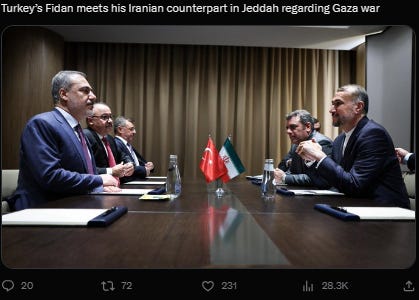
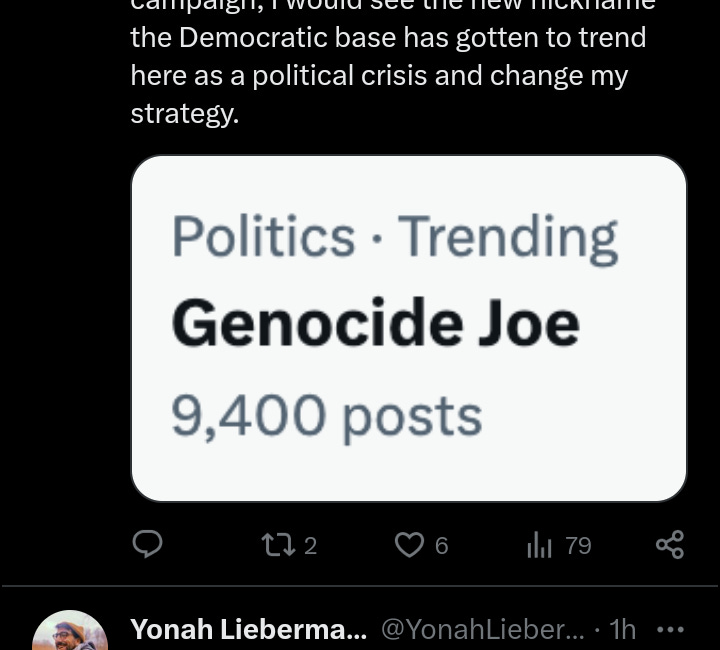
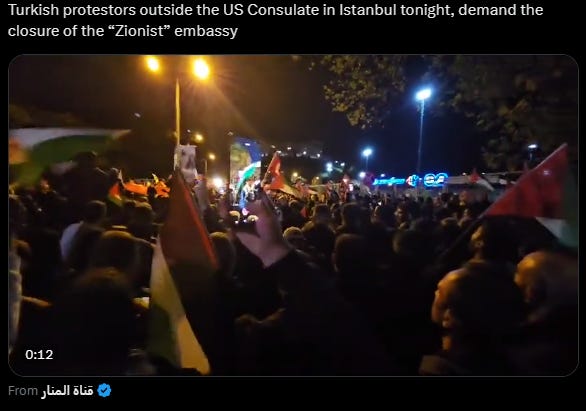
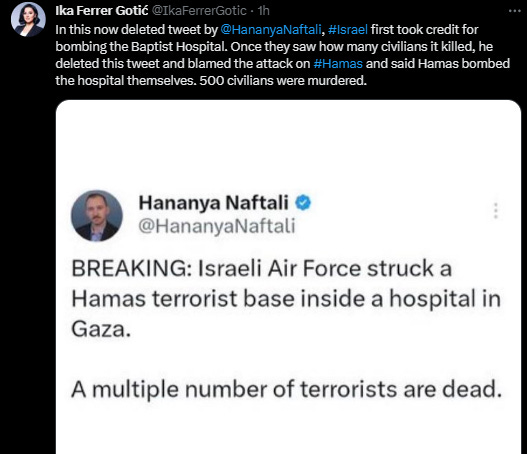

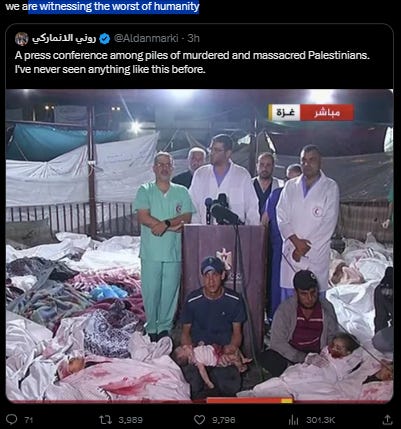

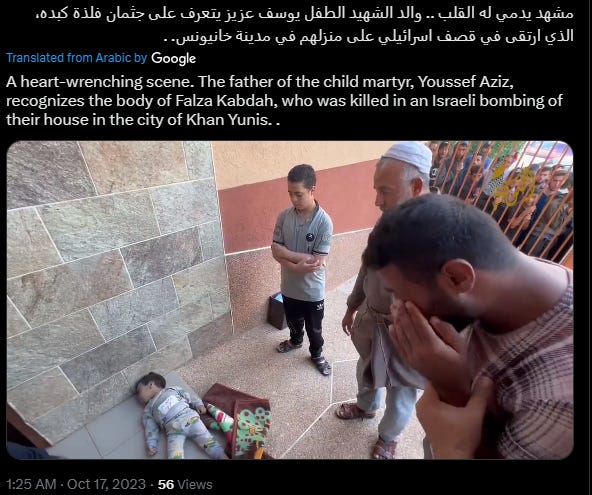
![End of [long-term peace] New Middle East](https://substackcdn.com/image/fetch/w_1300,h_650,c_fill,f_auto,q_auto:good,fl_progressive:steep,g_auto/https%3A%2F%2Fsubstack-post-media.s3.amazonaws.com%2Fpublic%2Fimages%2F1a65e552-7889-45ef-8234-b10e8f29e34c_720x1280.png)

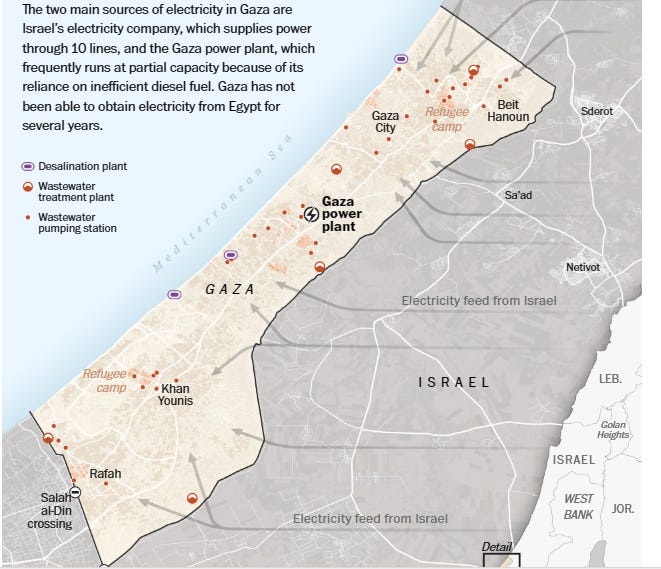
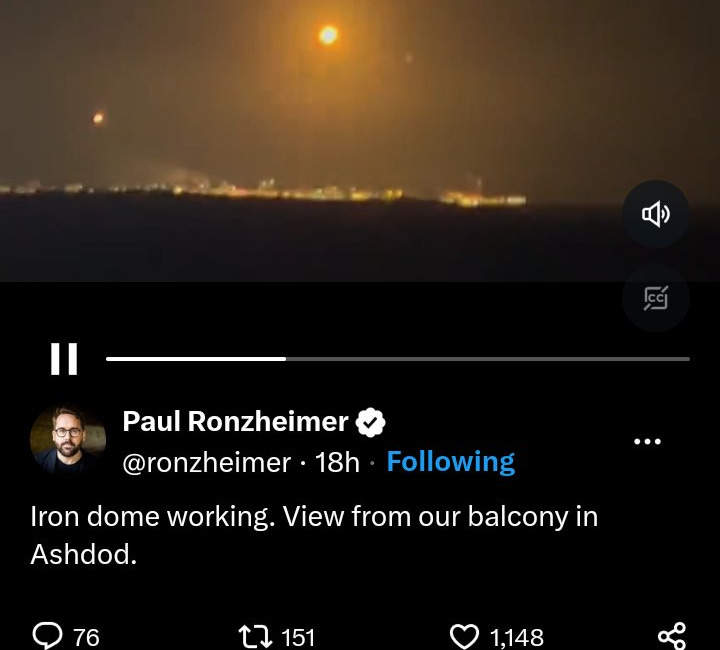
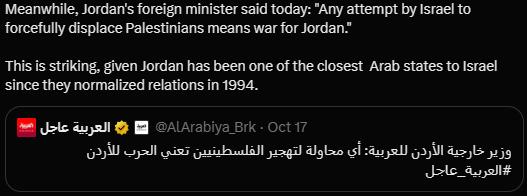
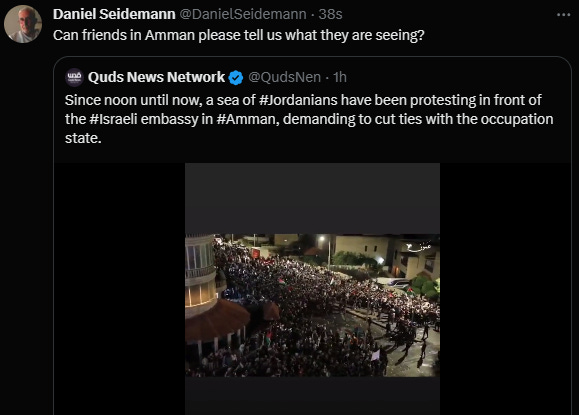

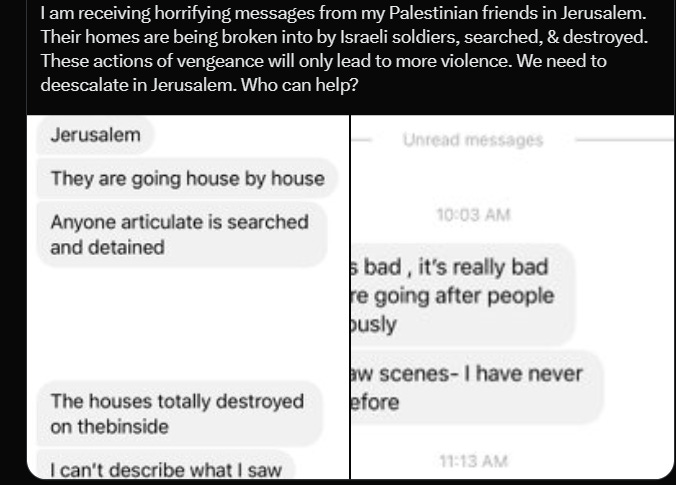
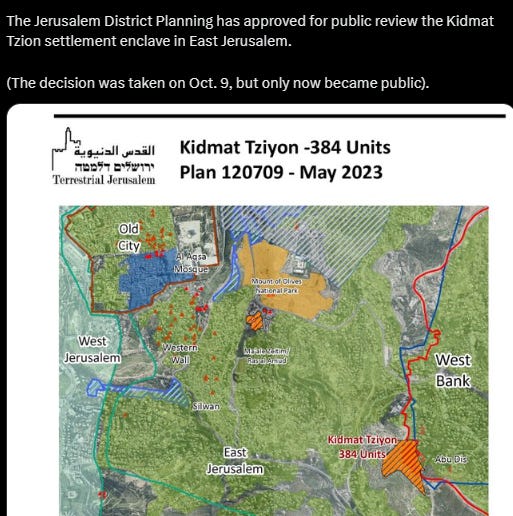
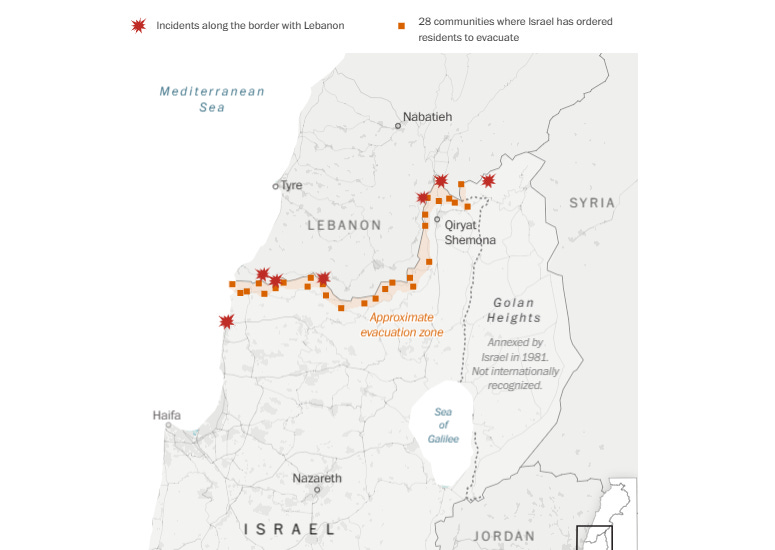
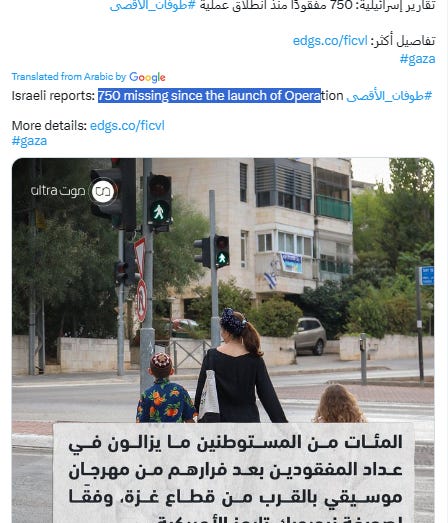
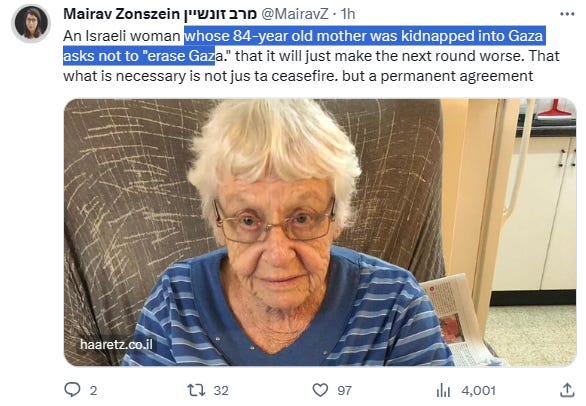
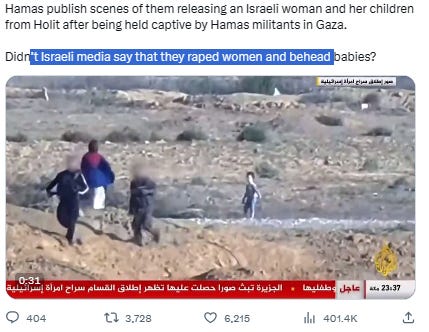
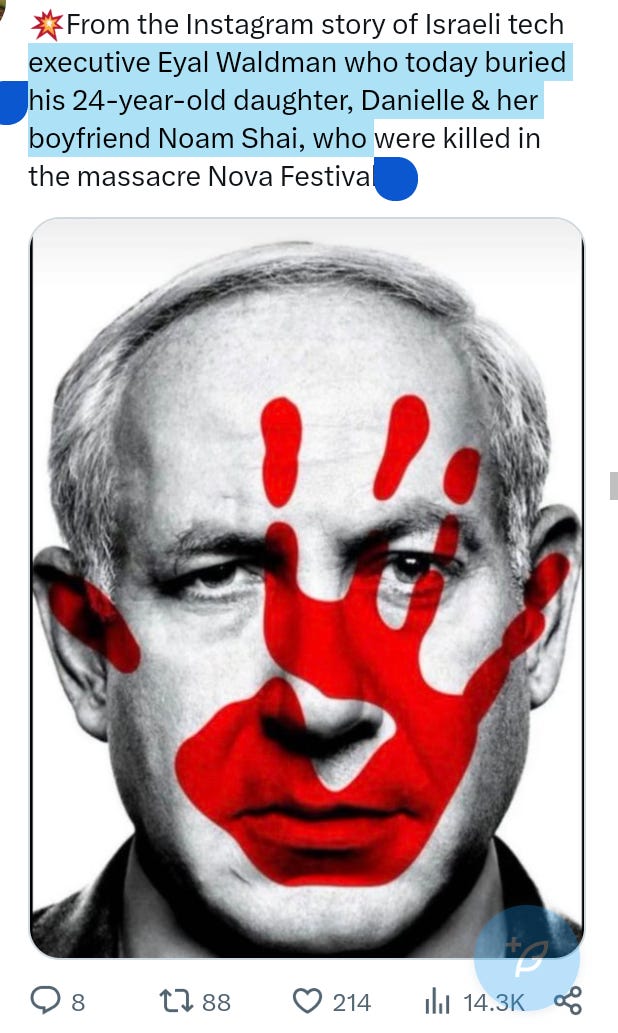
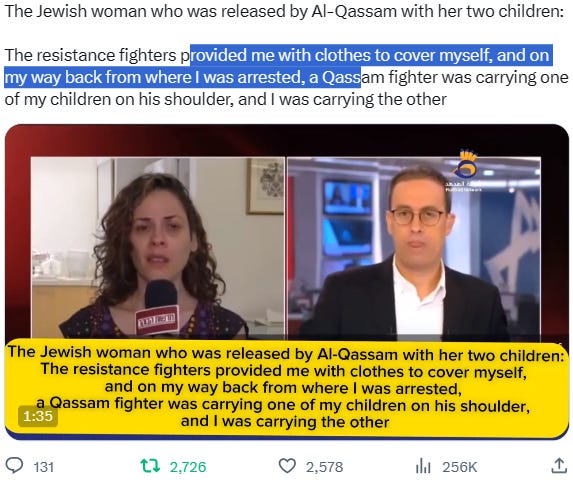
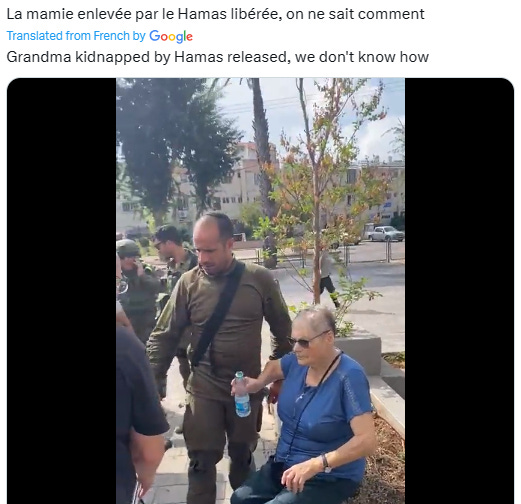
![End of [long-term peace] New Middle East End of [long-term peace] New Middle East](https://substackcdn.com/image/fetch/w_1456,c_limit,f_auto,q_auto:good,fl_progressive:steep/https%3A%2F%2Fsubstack-post-media.s3.amazonaws.com%2Fpublic%2Fimages%2F1a65e552-7889-45ef-8234-b10e8f29e34c_720x1280.png)


